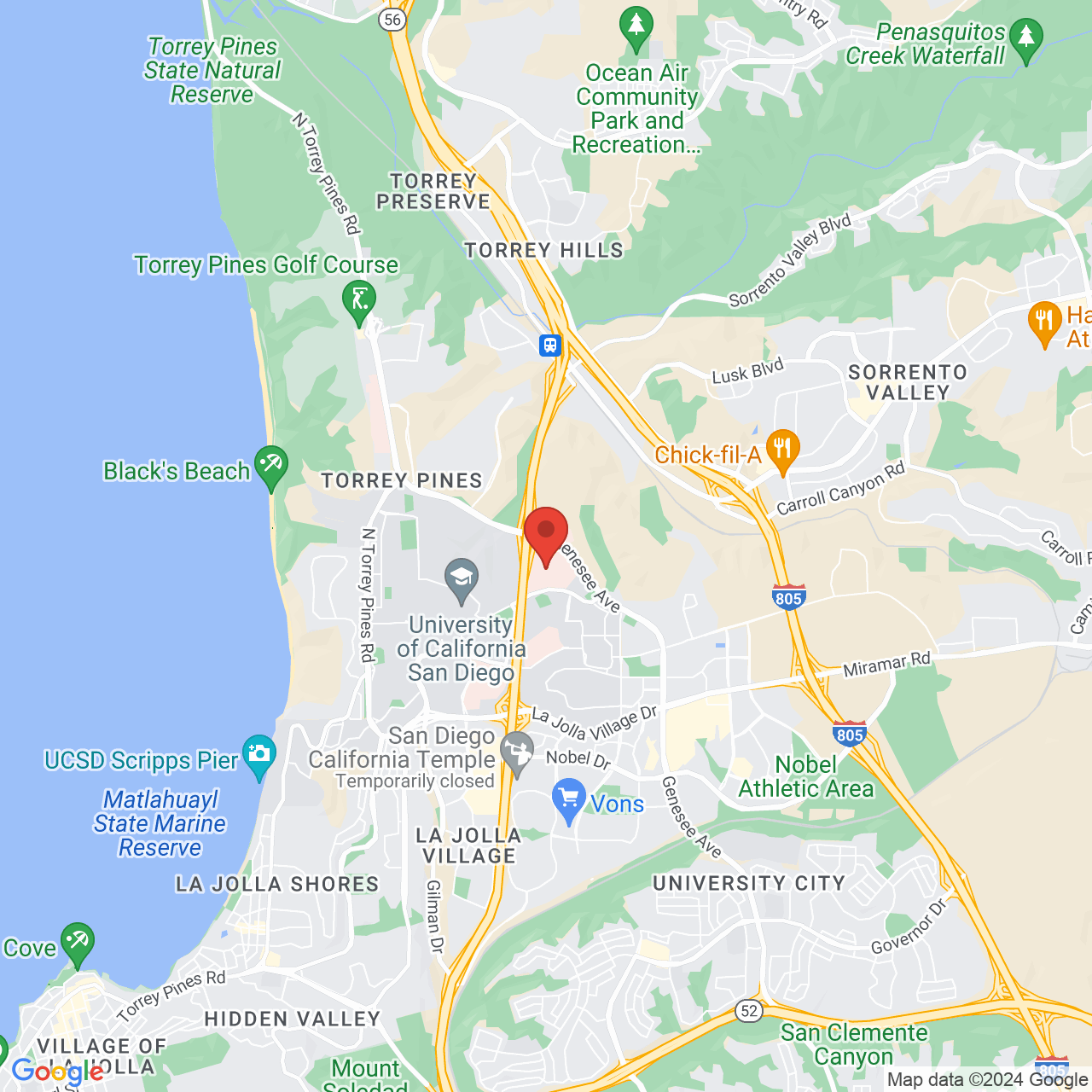Microfat Grafts
Microfat grafts, sometimes called fat grafting or fat injections, involve the extraction of fat from one area of the body with excess fat followed by injection of that fat into a part of the face that has lost volume. Microfat grafts are an alternative to dermal fillers such as Restylane, Juvederm, and Juvederm Voluma. Since your own tissue is used for the procedure, there is no danger of an allergic reaction to the injections.
Microfat grafts can fill moderate to deep facial wrinkles and folds, including nasolabial folds and marionette lines.
They can subtly lift sagging cheeks and sagging eyebrows, as well as fill hollowed cheeks or hollows under the eyes. These injections can even enhance a weak chin and be used for lip enhancement. (For those with a significantly weak chin, however, a surgical chin implant may be recommended.)
World-renowned surgeon Dr. Robert Singer approaches microfat grafts with the eye of both an artist and a physician. The procedure is much like sculpting to restore your face to a more youthful but natural-looking appearance. When fat grafting is done correctly, the results can last a very long time.
Your Microfat Grafts Consultation
During your consultation, Dr. Singer will listen to your concerns about your face and body and will inform you of what is possible for you. He will devise a surgical plan to bring you the best possible results and will answer all of your questions so that you can feel confident about your decision.
Microfat grafts are often performed in conjunction with a facelift to enhance the results.

Who Needs Microfat Grafts?
Most patients who opt for microfat grafts are those who have areas of excess fat on the body combined with signs of aging on the face. The two-part process allows for a slimming of one area and an anti-aging effect on the face. Some patients choose microfat grafts because the results are long-lasting, and they prefer not to use other dermal fillers, or they have a known allergy to most injectables.

For more information about microfat grafts in La Jolla and San Diego, contact us or call Dr. Singer at 858.455.0290
The Microfat Grafts Procedure
The fat is obtained by using a small incision and small cannula (tube) to suction it from the designated area of the body. Common areas that are used as donor sites include the abdomen, thighs, buttocks, and waist or “love handle” area.
The fat is then carefully treated and re-injected with a small cannula into the areas of the face that have lost volume.
The fat removal portion is usually performed using a local anesthetic in addition to intravenous sedation. In the appropriate patient, it can be performed with local Lidocaine injections alone. In addition, a topical numbing cream can make it more comfortable. Your comfort is always a priority for Dr. Singer.
Anesthesia at our Accredited Operating Facility
At our AAAASF-accredited (American Association for Accreditation of Ambulatory Surgery Facilities) private operating facility in La Jolla, you will be taken care of by thoroughly trained personnel, including carefully selected, experienced, board-certified physician anesthesiologists. We will discuss anesthesia options with you during your consultation.
Recovery from Microfat Grafts
If you have received microfat grafts along with a facelift, your recovery will be based on the facelift technique that was used. If your fat injections are done independently, you will need about a week of downtime.
You will have two recovery sites – the area the fat is removed from and the injection site area. You can expect some swelling, bruising, and soreness in both places for at least 1-2 weeks. The injection sites should experience less of these symptoms, but you may have some small, invisible firm areas on the face. These should resolve on their own within a few days.
You can reduce swelling by sleeping with your head elevated for the first few days and applying cold compresses or ice packs to any swollen areas. Bruising can be diminished by applying topical Arnica Montana.
Frequently Asked Questions
What is fat transfer?
Fat transfer, also known as fat injection, is a cosmetic procedure in which fat is removed from one area of the body (usually the hips, flanks abdomen, or legs) and then injected into very specific areas of the face in order to restore the volume that gives the youthful glow that we all lose with age or with athletic activity. It is also beneficial in patients with a congenital thin or gaunt face in order to improve the contours and balance of the face.
Who is a candidate for fat grafting?
Individuals who are looking to gain or restore a healthy, youthful appearance of the face that cannot be achieved with traditional facial procedures are excellent candidates for fat grafting. As with other cosmetic procedures, patients should be healthy and have realistic expectations of their potential results.
In what areas can be fat be grafted in the body?
Any area where fat exists in the subcutaneous space and there is deficient volume.
Is fat grafting permanent?
Fat grafting is usually successful, but not totally predictable since the results vary from patient to patient. In most patients, ultimately about 30-60 percent of the transferred injected fat survives long term.
How long does the procedure take?
It depends on the areas to harvest and to graft. If it is a small area like the lips, it can take as little as one hour. If it is a larger area other than the face, like the buttocks with liposuction, the procedure may take 3-4 hours.
What if I want more filling later?
We are careful not to make you look unnatural and not overinflated. Most patients are pleased after their first procedure, but some patients may feel that they would like additional enhancement after approximately 6 to 12 months from the initial procedure. That would entail a separate procedure with a separate fee.
When will I see the final result?
Most of the swelling and bruising are gone in 1 week. Generally the fat that is present at 6 months will be permanent and remain.
How long will the results of fat grafting last?
The fat grafts that “take” become a permanent part of your facial soft tissues. Like the fat tissue that is naturally present there, it is also subject to natural factors such as significant weight changes and continued aging.
When will I be able to resume work after my fat transfer procedure?
The time to return to work and other activities is variable and mostly dependent upon the individual. For the first week, most patients feel that they look too swollen to be in a typical work environment. However, patients that can work from home frequently return to their work the very next day.
What is recovery like after the fat injection procedure?
It depends on the areas and the size to be treated and where the fat is harvested from. In lip grafting you feel fine right away; you just look swollen for days to 2 weeks. Recovery after fat transfer is relatively fast and easy compared to other cosmetic surgery procedures and discomfort is minimal. Patients may experience some minor discomfort after the fat transfer procedure, though this tends to resolve quickly. Redness, bruising, swelling are variable but are greatly improved within one week. In general, the recovery is relatively minor and most patients report that the results are absolutely worth it.
Is the fat transfer procedure painful?
The discomfort from fat grafting should be minimal in most cases. Discomfort should be only short term and can be managed with oral pain medication
Why should I choose fat injections over other dermal fillers?
There is no chance of causing an allergic reaction with a patient’s own fat. While rare, anytime a foreign substance (dermal fillers) is introduced into the body, there is the possibility an allergic reaction or rejection of that material. Fat transfers avoid this problem, since the body recognizes the tissue as its own, even in its new location. In many patients, it may be far more economical in the long term than synthetic fillers, which must typically be re-injected at least once per year to maintain the effect.
How many procedures are needed to achieve the desired results?
Most patients reach the desired goal with just one procedure, but a second may be required to further enhance the results.
What are the best sources for fat harvesting?
Areas like the hips, flanks, abdomen where you have an excess of fat that has generally not been liposuctioned before. It should also be an area where there is not a lot of fibrous tissue, like the male chest.
Why Choose Dr. Singer?
Dr. Singer has the respect of his peers and patients across San Diego and the surrounding Southern California area. He has helped thousands of San Diego residents with an eye for balance and beauty and the skills of an artist. Dr. Singer has been engaged in private practice in the La Jolla area of San Diego since 1976 and is now an internationally recognized plastic surgeon. You are in the best of hands with Board Certified Plastic Surgeon (American Board of Plastic Surgery) Dr. Singer.
Please learn more about Dr. Singer’s affiliations, memberships, awards, honors, and accomplishments. The full list and Dr. Singer’s curriculum vitae are available upon request.














